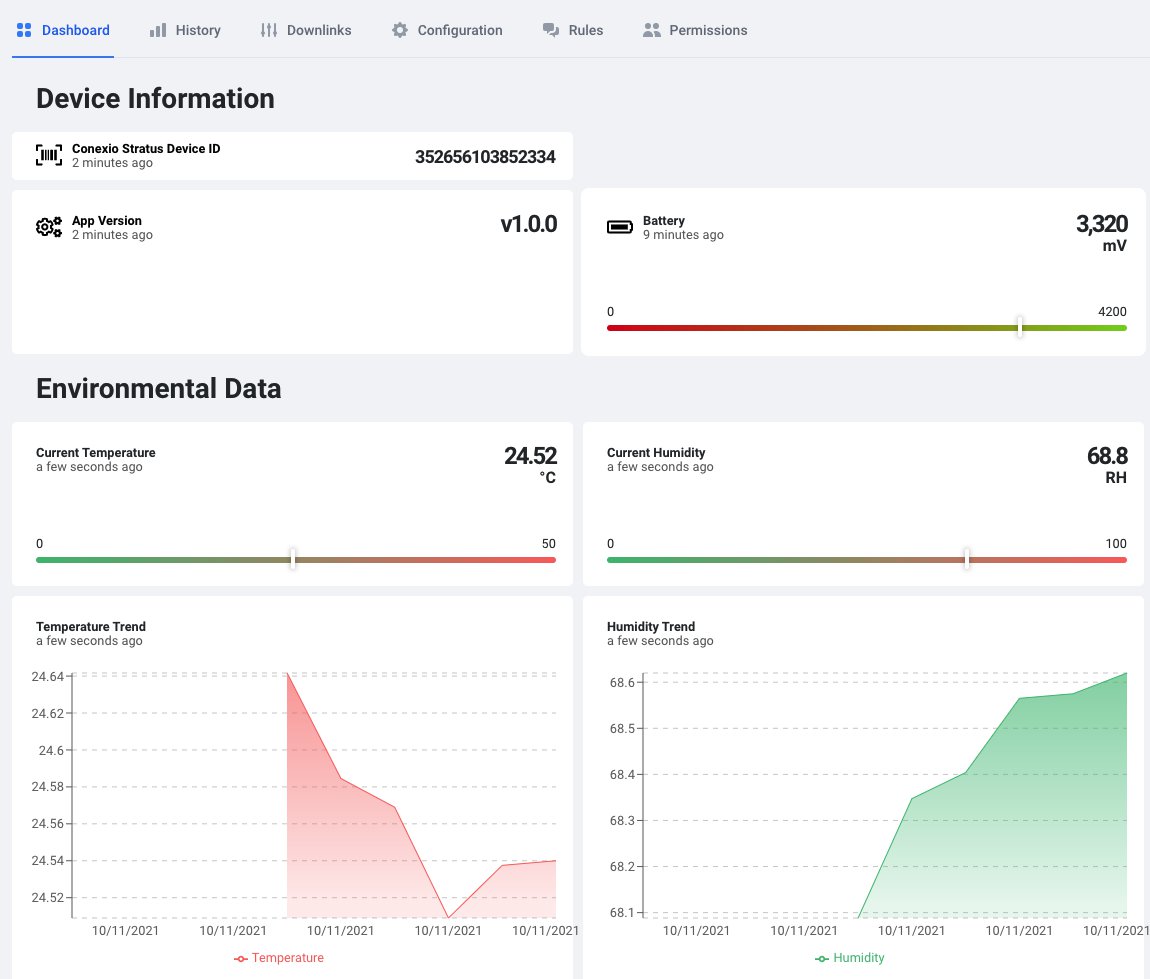Project update 4 of 11
Connecting to the Cloud and Getting Started with Conexio Stratus
by Rajeev PiyareThank You
A huge thanks to all the backers who have supported our campaign so far. For all our subscribers, you still have the chance to grab the early-bird discounts. As we get closer to the end of our campaign, we’ll be sending updates on our manufacturing plans and status together with the delivery estimates. Stay tuned!
Please note that the Stratus kit will be shipped to our active campaign backers first, followed by post-campaign backers.
Connecting Conexio Stratus to Datacake Cloud
This week we are going to dive into getting Conexio Stratus to communicate via the MQTT protocol with the Datacake cloud.
Developing applications for the Internet of Things (IoT) is no easy feat. Connecting things to the cloud infrastructure involves the integration of a disparate mix of technologies, such as IoT endpoints, back-end systems, data sources, and other platforms.
Businesses that aim to build IoT applications and products need developers and engineers with specialized skills that enable them to configure and maintain these technologies regularly. This slows the businesses of getting their applications into production due to bottlenecks with IT and their project backlog.
With the emergence of low-code or no-code platforms, many challenges in the IoT application development process are now being eliminated, enabling companies to drive better results.
What are Low-code or No-code Development Platforms?
Simply, low-code/no-code platforms are app development tools that enable non-software engineers to build software applications, usually by means of dragging-and-dropping icons or widgets and connecting them in a graphical user interface to acquire and visualize data streams.
One such platform we love is Datacake: a multi-purpose, low-code IoT platform that requires zero programming skills and minimal time to build custom IoT applications. Datacake allows users to connect their physical end devices over the MQTT protocol along with others to record measurements. Currently, Datacake offers connecting the first two devices for free which includes full access to the platform features and unlimited workspaces. This is great news for IoT enthusiasts who like to develop and test their applications without having to worry about paying for cloud services or platform plans.
So how to get started?
This tutorial covers how to create your first device on Datacake and connect the Conexio Stratus running ZephyrRTOS to the Datacake platform via an MQTT broker. (MQTT is a lightweight publish/subscribe messaging protocol designed for low-bandwidth IoT devices.)
Furthermore, the sample application used for this tutorial also demonstrates how to fetch the important Conexio Stratus device vitals such as the battery voltage, LTE signal strength, firmware version, device IMEI, environmental data, and much more.
This full walk-through tutorial has all the details.
Sample Application Code
The full application for this tutorial can be found in the conexio-stratus-firmware repo on GitHub. Make sure to check it out! For questions and discussion, contact us via the technical page. We are more than happy to help and guide you. Thank you from Team Conexio!
